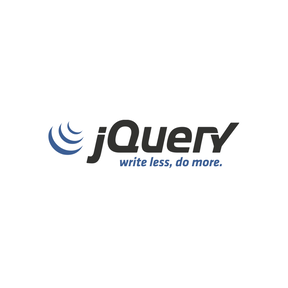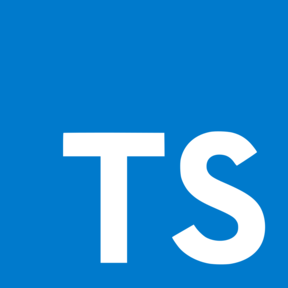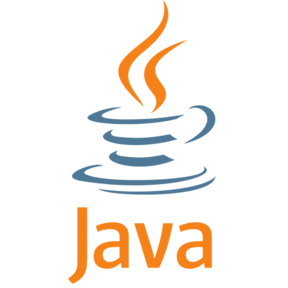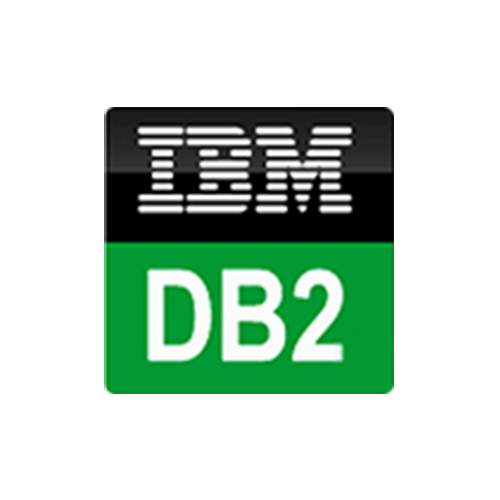We love Science, technology, engineering, and mathematics (STEM)
Join us on:
We will try to teach key skills on (STEM). Read this book: https://git-scm.com/book/en/v2/Getting-Started-Installing-Git
Before we code anything we need to track/publish our code changes.
Git: is the tool to track/publish changes in code repositories on sites like Github.
Github: is an Internet hosting service for software development and version control using Git.
Gitlab: is another Internet hosting service for software development and version control using Git.
Bitbucket: is a Git-based source code repository hosting service owned by Atlassian.
Visual Studio Code: is a code editor to make our changes.
Jenkins: is an open source automation server.
CloudBees Jenkins Enterprise: is a commercial extension of open source Jenkins.
CirlceCI: is a continuous integration and continuous delivery platform that can be used to implement DevOps practices.
Terraform: is an open-source, infrastructure as code, software tool created by HashiCorp. Users define and provide data center infrastructure...
C: is a general purpose programming language that first appeared in 1972.
C++: is an object-oriented programming language which gives a clear structure to programs and allows code to be reused.
C#: or ("C sharp") is an object-oriented and type-safe programming language.
Scala: is an object-oriented programming language.
Cobol: is a compiled English-like computer programming language designed for business use.
Fortran: is a general-purpose, compiled imperative programming language that is especially suited to numeric computation and scientific computing.
Perl: is a highly capable, feature-rich programming language with over 30 years of development.
Go: is a programming language built to resemble a simplified version of the C programming language.
R: is a programming language for statistical computing and graphics.
Apache Groovy: is a powerful, optionally typed and dynamic language, with static-typing and static compilation capabilities.
Kubernetes: is an open source system for automating deployment, scaling, and management of containerized applications.
Docker: is a platform built for developers to build and run applications.
Amazon Web Services (AWS): is a subsidiary of Amazon that provides on-demand cloud computing platforms and APIs to individuals, companies, and governments, on a metered pay-as-you-go basis.
Google Cloud Platform: is a suite of cloud computing services that runs on the same infrastructure that Google uses internally for its end-user products.
Microsoft Azure: is a cloud computing service operated by Microsoft for application management via Microsoft-managed data centers.
A Front End Developer writes HTML5, CSS3 and JavaScript code to build blocks of Web pages.
HTML5: is the content.
CSS3: is the Style Sheets.
JavaScript: is the behavior of web sites.
Sass: is a preprocessor CSS scripting language.
Bootstrap: is a CSS framework.
JQuery: is a JavaScript library.
TypeScript: is a strongly typed programming language that builds on JavaScript, giving you better tooling at any scale.
Angular: is a TypeScript Framework.
React: is A JavaScript library for building user interfaces.
Redux: Redux is a predictable state container for JavaScript apps.
Vue: is Progressive JavaScript Framework.
Babel: is a JavaScript compiler.
Back End developers are involved in data storage, security, and other server-side functions that you cannot see.
Node.js: is an open-source, cross-platform, back-end JavaScript runtime environment.
Java: is a high-level, class-based, object-oriented programming language. (Not JavaScript).
Python: is a high-level, general-purpose programming language.
SQL: is a standardized programming language that is used to manage relational databases and perform various operations on the data in them.
NoSQL: “not only SQL", is an approach to database design that enables the storage and querying of data outside the traditional structures found in relational databases.
ORM: Object–Relational Mapping - programming technique for converting data between type systems using Object-Oriented Programming (OOP) languages.
MySQL: is an open-source relational database management system (RDMS).
PostgreSQL: is a powerful, open source object-relational database system with over 35 years of active development.
MariaDB: is a community-developed, commercially supported fork of the MySQL relational database management system.
SQLite: is the most used database engine in the world.
IBM Db2: is a family of data management products, including database servers, developed by IBM.
MongoDB: is a source-available cross-platform document-oriented database program.
Apache CouchDB: is an open-source document-oriented NoSQL database, implemented in Erlang.
ArangoDB: is a multi-model database system since it supports three data models (graphs, JSON documents, key/value).
Neo4j: is a graph database management system. Described by its developers as an ACID-compliant transactional database with native graph storage and processing.
Flask: is a micro web framework written in Python.
Django: is a high-level Python web framework that encourages rapid development and clean, pragmatic design.
Tornado: is a Python web framework and asynchronous networking library, originally developed at FriendFeed.











































